Public Posts Seattle, WA Seattle, WA (zoom)
NASA Astronomy Picture of the Day:
During polar day, in Arctic and Antarctic summer, the Sun stays above the horizon for periods of 24 hours or more. Recorded on December 4, this fisheye timelapse image tracks the Sun in multiple frames as it completes a circle in the summer sky above Union Glacier, Antarctica. Of course on that date, Union Glacier's sky did grow dark even though the Sun was above the horizon. Captured during the brief period of totality, an eclipsed Sun is at bottom center of the composite view. Near the edge of the total eclipse path across planet Earth, the Moon's shadow darkens the sky above.
Photo by Stephanie Ziyi Ye
NASA Astronomy Picture of the Day:
Few were able to stand in the Moon's shadow and watch the December 4 total eclipse of the Sun. Determined by celestial mechanics and not geographical boundaries, the narrow path of totality tracked across planet Earth's relatively inaccessible southernmost continent. Still, some enthusiastic and well-insulated eclipse chasers were rewarded with the dazzling spectacle in Antarctica's cold but clear skies. Taken just before the brief totality began, this image from a ground-based telescope inside the edge of the shadow path at Union Glacier catches a glimmer of sunlight near the top of the silhouetted lunar disk. Look closely for the pinkish solar prominences arcing above the Sun's limb. During totality, the magnificent solar corona, the Sun's outer atmosphere, made its much anticipated appearance, seen in the composite view streaming far from the Sun's edge.
Photo by JM Pasachoff Antarctic Expedition
NASA Astronomy Picture of the Day:
Comet Hale-Bopp, the Great Comet of 1997, became much brighter than any surrounding stars. It was seen even over bright city lights. Away from city lights, however, it put on quite a spectacular show. Here Comet Hale-Bopp was photographed above Val Parola Pass in the Dolomite mountains surrounding Cortina d'Ampezzo, Italy. Comet Hale-Bopp's blue ion tail, consisting of ions from the comet's nucleus, is pushed out by the solar wind. The white dust tail is composed of larger particles of dust from the nucleus driven by the pressure of sunlight, that orbit behind the comet. Comet Hale-Bopp (C/1995 O1) remained visible to the unaided eye for 18 months -- longer than any other comet in recorded history. The large comet is next expected to return around the year 4385. This month, Comet Leonard is brightening and may soon become visible to the unaided eye.
Photo by Col Druscie Obs.AAC
I was 14 years old,
on my first cattle drive,
riding a horse,
who performed better than I,
on this lifetime adventure,
during my early life.
The Quarter horse,
knew how to herd.
I was along for the ride,
as the cattle were driven
down to Dry Creek,
the name of the area,
near Ellensburg.
Why are these words
important to me?
I write for myself
and the reader to see,
the love in this life,
when I write about thee.
I'm writing these words,
a line in repose,
with a scratchy pen,
impeding the flow,
of the word creations,
filling row after row.
I've found
it's not the fall
which hurts,
but hitting the ground
where stone and rock
brings a new word to me.
It's embarrassing shock,
to find yourself,
down in the yard.
Who knew a rock
was this darn hard.
A very small bruise,
at the top of my hip.
Why didn't it break?
I will never know,
except to avoid stairs,
wherever I go.
I keep hearing these words,
spoken to me,
"I want to go home
and go away.
I'll find someone else,
who will take care of me.
"My parents are gone,
they're no longer here"
she will repeat the words,
over again, when she
becomes frustrated with me.
"Urban trees need a little extra care. In the German capital, anyone can give it to them. over the past few years those valuable species have begun to suffer due to Berlin’s increasingly extreme weather, which has seen summers become longer and drier and winters become wetter and stormier" Read more
Photo credit: frborsh/Pixabay
NASA Astronomy Picture of the Day:
very time two massive black holes collide, a loud chirping sound is broadcast out into the universe in gravitational waves. Humanity has only had the technology to hear these unusual chirps for the past seven years, but since then we have heard about 90 -- during the first three observing runs. Featured above are the spectrograms -- plots of gravitational-wave frequency versus time -- of these 90 as detected by the giant detectors of LIGO (in the USA), VIRGO (in Europe), and KAGRA (in Japan). The more energy received on Earth from a collision, the brighter it appears on the graphic. Among many science firsts, these gravitational-radiation chirps are giving humanity an unprecedented inventory of black holes and neutron stars, and a new way to measure the expansion rate of our universe. A fourth gravitational wave observing run with increased sensitivity is currently planned to begin in 2022 December.
"Food wastage is a global problem, and we all have a part to play in reducing it. As consumers, we throw away too much food. But much of our produce is wasted even before entering our supermarkets or homes.... There’s much more to food wastage than simply the spoiled vegetables in your trash". How much food do we waste, What is the worldwide impact and ? ...Read the eye opening statistics to help you understand the true cost of this waste, who is most responsible and how we can help to resolve it.... Read more








.jpg?fit=crop&w=280&h=280&q=93)





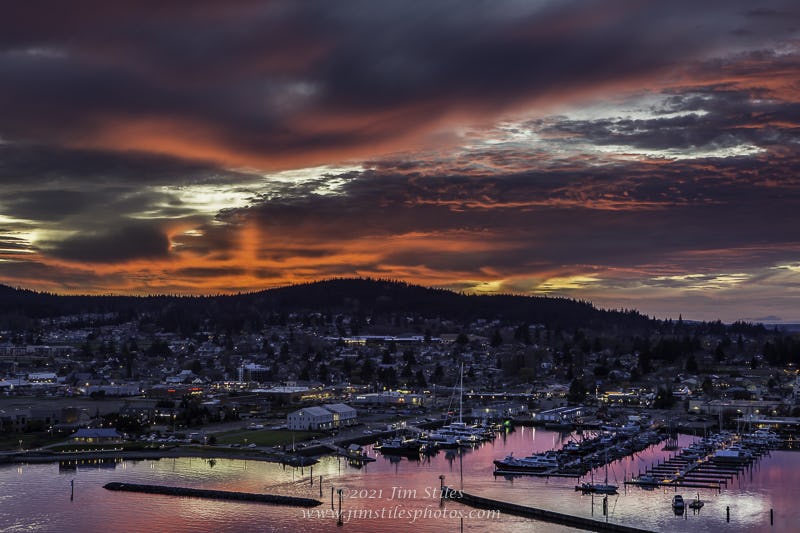

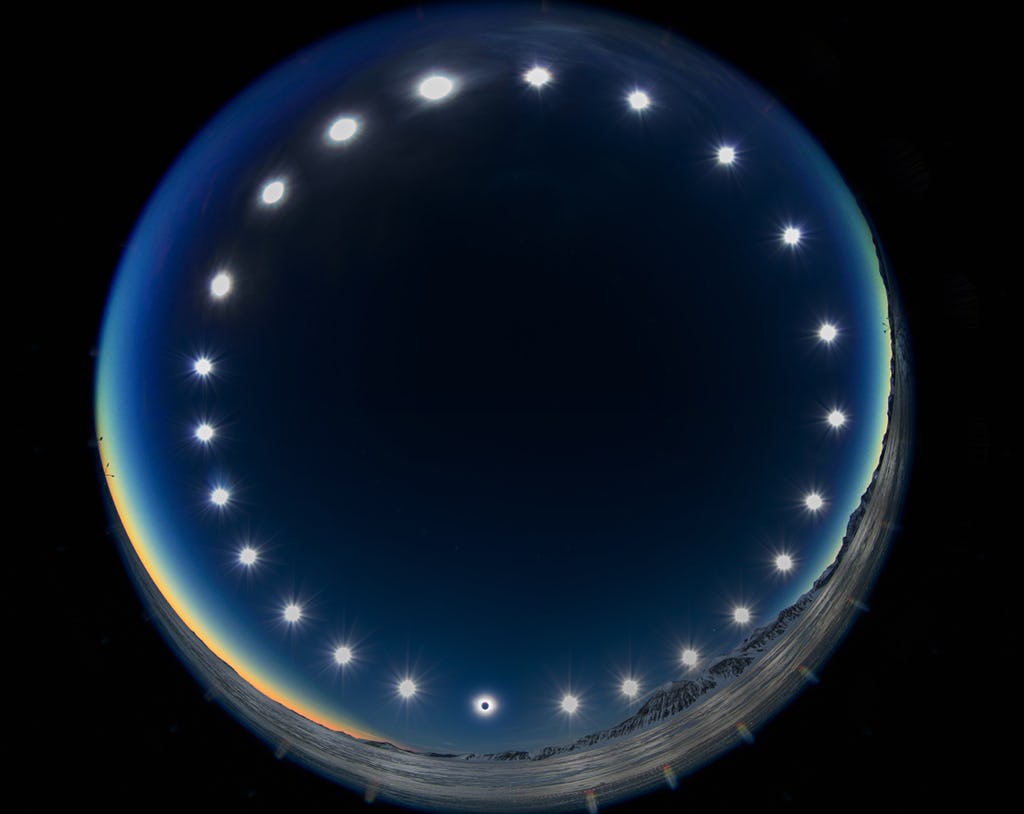
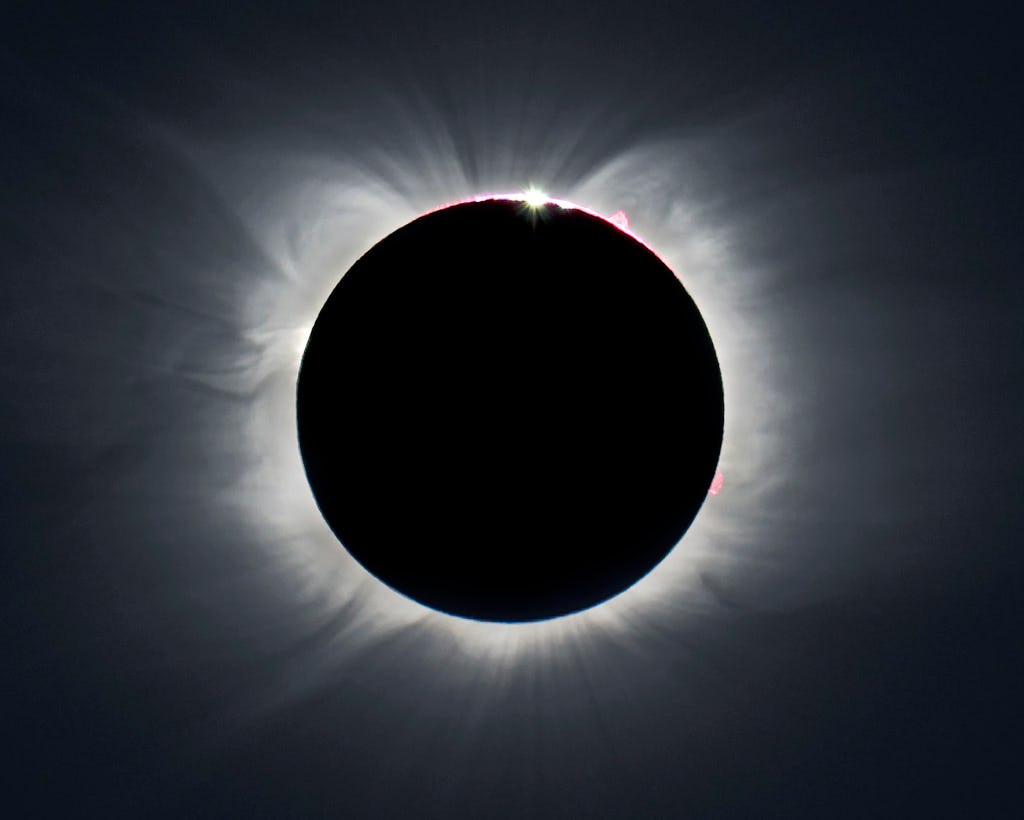


.jpg?fit=crop&w=200&h=200&crop=faces)
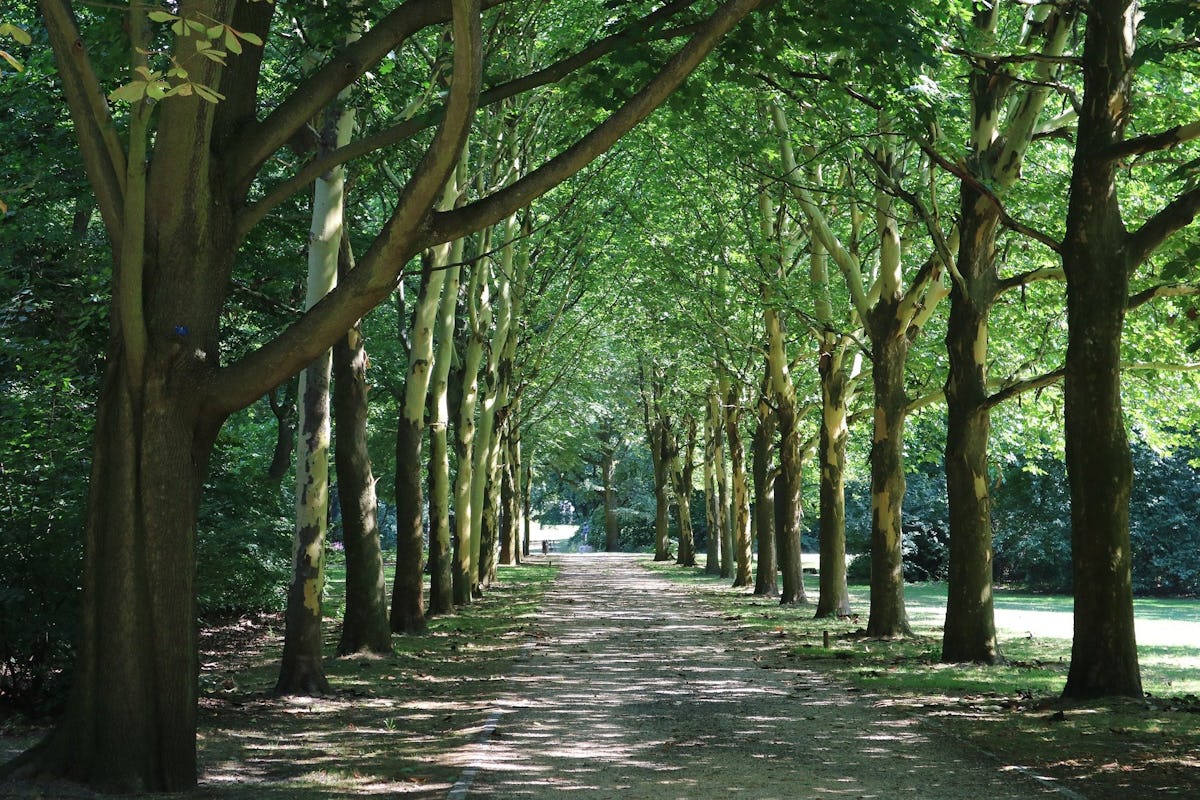
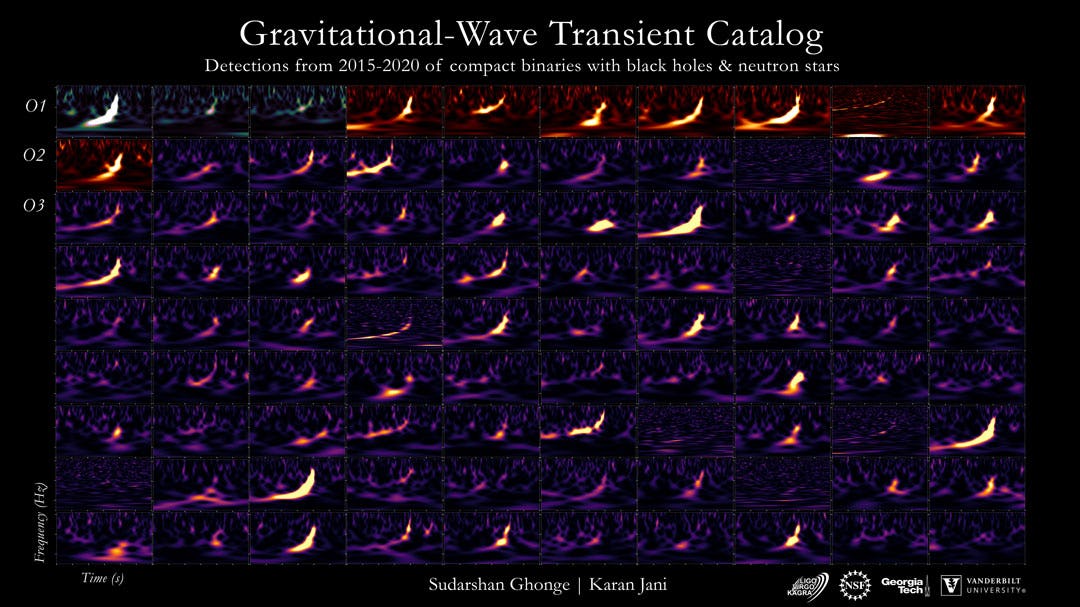
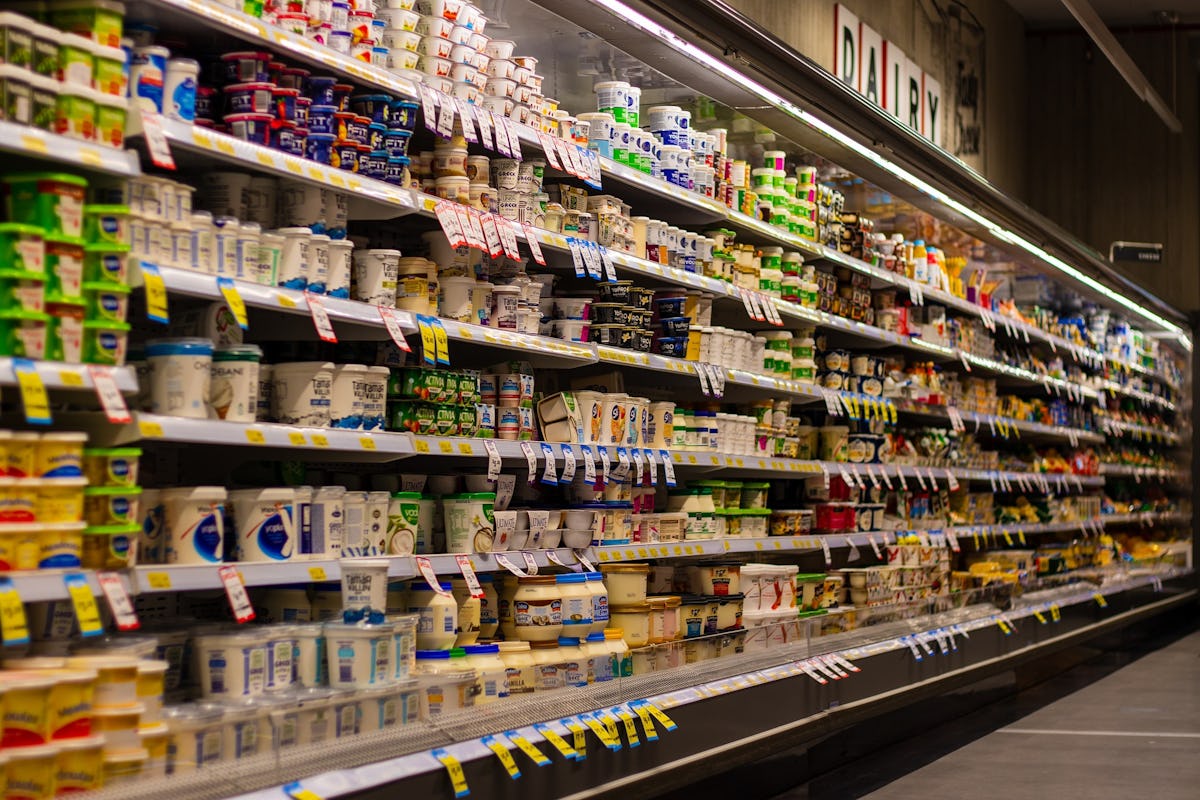


 - Copy.jpg?fit=crop&w=280&h=280&q=93)














